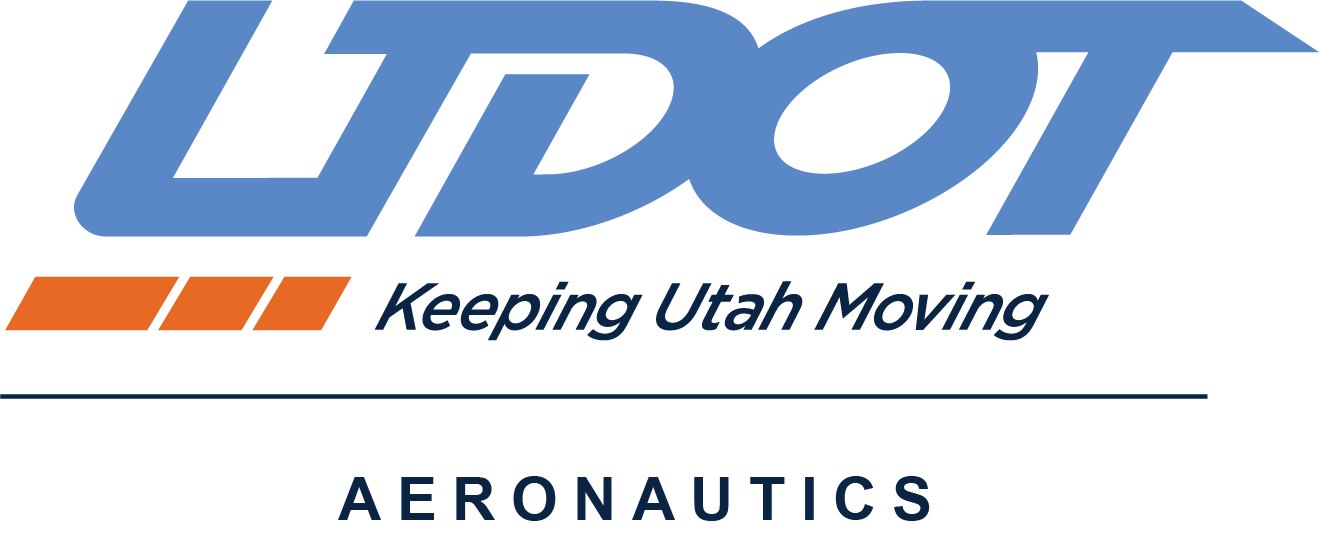AIRPORT ENGINEERS
Attendees received 5 continuing education credit hours for the following topics:
A Recipe for success in Pavement Design, Maintenance and Evaluation
Just like in cooking, design and management of aviation pavements require specific ingredients added in specific quantities and in a specific order. But it isn’t as easy as following a recipe, some might say there’s an art to it. Many other factors come into play when considering what goes into pavement design, such as environment, local conditions, aircraft mix, etc. In this session, we’ll explore and discuss experiences, challenges, and successes as we review using FAARFIELD 2.0 for Pavement Design and Evaluation.
Drainage Engineering within the Airport Environment
Drainage Engineering within the Airport Environment: Proper storm water drainage within an airport is critical to ensuring safety for airport users, maximizing longevity of infrastructure, and ensuring a sustainable environmental impact of the airport. While these goals are common to all civil infrastructure systems, the airport setting has distinctive traits that must be considered for a balanced drainage design. This session will examine federal design standards and common local requirements that govern the use of traditional and emerging engineering practices to solve problems unique to drainage engineering within the airport environment.
Communicating with Non-Airport Professionals
Often, in the course of airport engineering, our vested audience has no background in airports yet must approve, revise, comment, and participate in the airport design and capital improvement planning process. We’ll cover techniques, examples, and likely scenarios for effectively communicating your airport project needs.
Aircraft Tail Number Identification using Cameras
Computer vision and camera-based methods for automatically detecting aircraft operations and identifying each aircraft through its imprinted tail number on aircraft’s fuselage.
Project Timeline: From Planning to Bidding
In addition to the training class, Breakout Session highlights for Airport Engineers included:
- Will Your Airport Be Here Tomorrow?
- Hangar Development
- FAA Safety Team: The Purpose of the FAAST Team and Its Mission
- Introduction to Electric Power Systems
- Fixed-Base Operator (FBO) Best Practices
- Utah Airport Operators Association Update
See the full Breakout Session Agenda here.
TRAINING MATERIALS
Communication with Your Client in the World of Airport Engineering
Presented by David Hartmann, P.E., Vice President of Armstrong Consultants
FAA AIP Projects from Planning to Bidding
Presented by Jeremy McAlister, P.E.
Drainage Engineering Within an Airport Environment
Presented by Dane Hurst, P.E.
A Recipe for Success: Airfield Pavement Design, Maintenance and Evaluation
Presented by Kimberly Silvester, P.E., J-U-B
